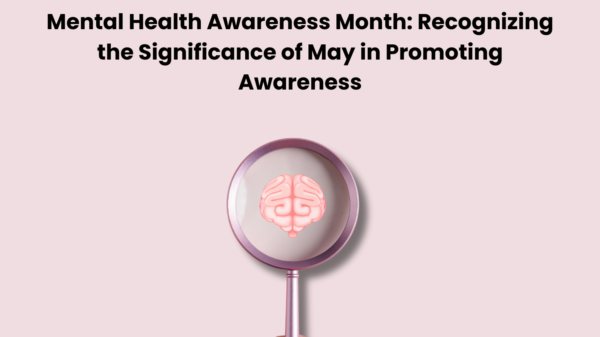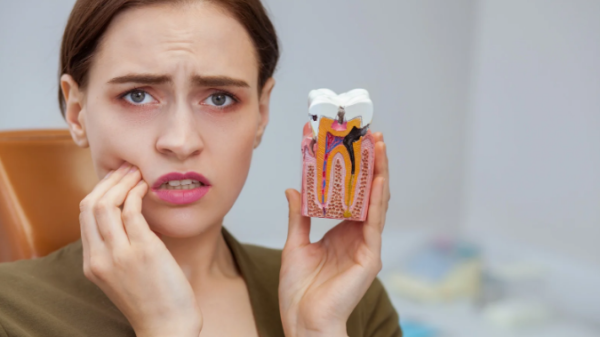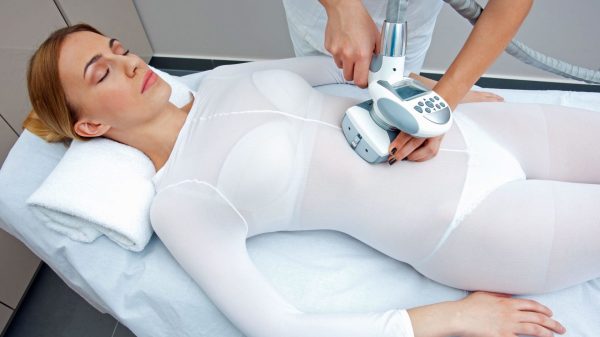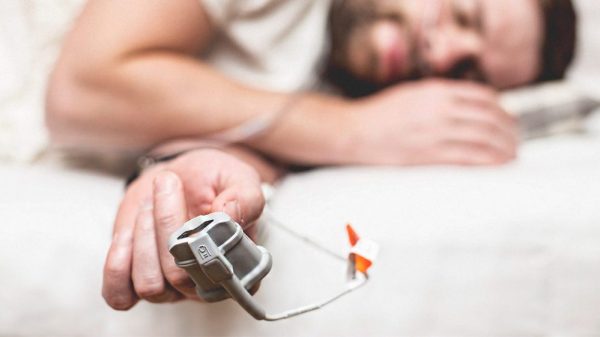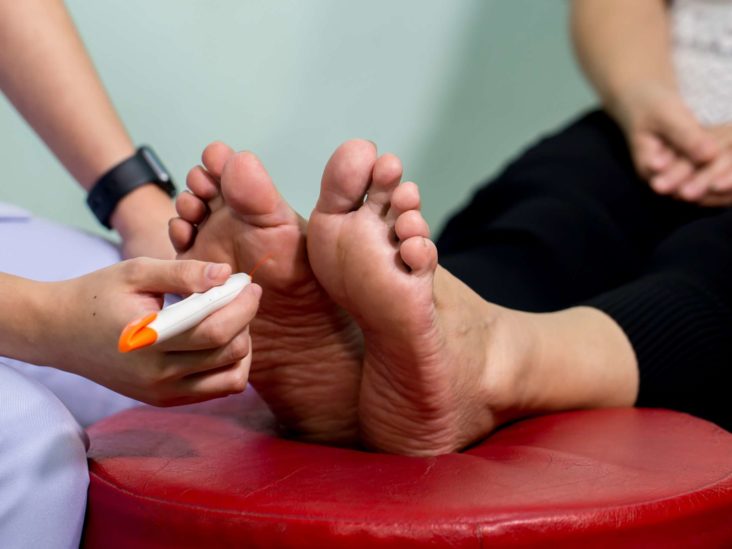People with diabetes mellitus need to pay more attention to the health of their feet, because diabetes can cause complications known as diabetic feet. Diabetic foot is complication of diabetes and has still gone unnoticed. In fact, the consequences of worsening diabetic foot can cause gangrene and lead to amputation.
Diabetic foot is a serious and costly complication of diabetes. The increasing prevalence of diabetes in the world has led to an increase in cases of foot amputation due to complications of diabetes. Epidemiological studies report that more than one million amputations are performed in people with diabetes each year. This means that every 30 seconds there are cases of foot amputation due to diabetes worldwide.
Generally, diabetic foot is preceded by an ulcer (wound). Only about two-thirds of ulcers heal quickly, the rest end in amputation. It takes about 6 months for the ulcer to heal. Both ulcers and amputations have a major impact on the quality of life of people with diabetes, namely limited freedom of movement, social isolation, and psychological stress.
Diabetic foot is also a real economic problem, considering that people with diabetes with diabetic foot generally require a long period of care, rehabilitation, a lot of money, and a large risk of amputation.
According to Dr. dr. Aris Wibudi, SpPD as Chairman of PB PEDI (Indonesian Diabetes Educators Association), complications of diabetic foot can actually be prevented. By implementing a strategy that combines prevention, treatment in case of foot ulcers, appropriate medical treatment, controlled blood sugar levels, and education for people with diabetes and medical personnel, can reduce the risk of amputation by up to 85%.
Foot Problems in Diabetics
Everyone can experience foot problems as below. However, for diabetics with uncontrolled blood sugar levels, this foot problem can lead to infection and more serious consequences such as amputation.
Callus
Is a thickening of the skin that generally occurs on the soles of the feet. Callus is caused by repeated friction or pressure on the same area, unbalanced weight distribution, inappropriate shoes, or skin abnormalities. Callus can develop into an infection.
Blistered skin This
can occur if your shoes keep rubbing your feet in the same area. Due to use of shoes that do not fit properly or without socks. Blisters can develop into infections. It is important to treat blisters not to pop them, as the skin protects the blister from infection.
Toenails grow into
Occurs when the tip of the nail grows into the skin and cause pressure that can tear the skin so the skin becomes red and infected. Ingrown toenails can occur if you cut the nail to the tip, it can also be caused by wearing too tight shoes or foot trauma from activities such as running and aerobics. If the tips of your toenails are rough, use a file to flatten them out.
Swelling of the big toe
It occurs when the big toe leans toward the next finger, causing redness, pain, and infection. Can occur on one or both feet due to the use of high heels and narrow ends. Painful swelling and deformity (deformity) of the leg can be treated with surgery.
Plantar warts
Warts look like callus with a tiny black dot at the center. Can develop alone or in groups. Warts caused by virus that infects outer layer of the feet.
Crooked toes
Occurs when the leg muscles become weak. Nerve damage due to diabetes can cause this weakness. Weak muscles can cause the tendons (the tissue that connects muscles and bones) in the leg to shorten, causing the toes to bend. This can cause walking problems and difficulty finding the right shoes.
Dry and cracked skin on the feet
Can occur because the nerves in the feet don’t get the message from the brain (due to diabetic neuropathy) to sweat which will keep the skin soft and moisturised. Dry skin can break. The presence of cracks on the skin can allow germs to enter and cause infection. With your high blood sugar, germs will get food to thrive, which can worsen the infection.
Athlete’s foot (athlete’s foot)
Caused by a fungus that causes itching, redness, and skin cracking. The cracking of the skin between the toes allows germs to enter the skin and cause infection. The infection can extend to the toenails, making them thick, yellowish, and difficult to cut.
Consult your doctor if you find any problems with your feet. Shoes that are specially designed can be made to meet your needs while protecting your feet. Foot abnormalities that are treated promptly can prevent ulcers, so that the possibility of complications of diabetic foot can be avoided.
Causes of Diabetic Foot
The occurrence of diabetic foot cannot be separated from high blood sugar (glucose) levels in people with diabetes. Continuous high blood sugar levels and for a long time can cause problems in the feet of people with diabetes, namely:
Nerve damage
Blood vessel disorders
The second problem is the disruption of the blood vessels, which causes insufficient blood flow to the feet and hands. This poor blood flow will make wounds and infections difficult to heal. This is called peripheral vascular (peripheral blood vessel) disease which commonly affects the feet and hands. People with diabetes who smoke will worsen their blood flow.
The two problems above can cause diabetic foot. Coupled with the susceptibility of people with diabetes to the risk of infection due to decreased immunity, will increase the risk of experiencing complications of diabetic foot.
As an illustration, suppose your leg is injured because of the use of narrow shoes. You are not aware and feel no pain because of nerve damage to your feet. Furthermore, the wound that was originally small will become infected. In people with diabetes, high blood sugar levels are food for germs. The germs then multiply and cause the infection to get worse. This is exacerbated by poor leg blood flow which slows down the wound healing process.
Infections that are not treated promptly can lead to gangrene. In gangrene, the skin and tissue around the wound will die (necrotic), so the area around the wound will be black and smell bad. To prevent gangrene from spreading, doctors may take surgery to cut off the toe or part of the foot that is infected. This excision is known as amputation, and diabetes is a common, non-traumatic cause of leg amputation.
Diabetic Foot Prevention
Here are some foot care tips to prevent complications of diabetic foot in people with diabetes:
Check both feet every day. Are there boils, discoloration or a different feeling. If necessary, ask someone else’s rock or use a mirror to see it.
- Wash your feet every day. Use warm (not hot) soapy water, then dry your feet thoroughly.
- Toenails are cut evenly, file the rough edges.
- Do not use wart removers, or cut your own corns or calluses on your feet. It’s best to see a GP or podiatrist.
- Wear soft, comfortable shoes. Every day, check the inside of the shoes for cuts or sharp corners that can hurt. Do not walk on rough floors or paths with bare feet.
- Avoid tight pants or wearing anything that is tight around the ankles.
- Stop smoking, which can worsen blood circulation to the legs.
Prevention for people with diabetes who have not experienced diabetic foot complications can be done by controlling blood sugar levels always close to normal values.
Diet / diet with an emphasis on the importance of regular eating in terms of meal schedule, type and amount of food.
- Exercise / physical activity regularly, 3-5 times a week for 30-60 minutes.
- Treatment according to doctor’s instructions if blood sugar cannot be controlled by dietary adjustments and physical exercise.
- Health evaluation by conducting a complete medical evaluation including physical examination, medical history, and laboratory examination.
Meanwhile, for people with diabetes who have already experienced complications of diabetic feet, they still have to control their blood sugar levels and coupled with good foot care. If an injury occurs, it must be treated immediately by medical personnel. The doctor will give antibiotics if your wound has become infected. Do not treat your wound yourself, because if there is mishandling it can cause the wound to expand and the infection to spread so that it can lead to gangrene (rot) which requires amputation.
The most important thing that every person with diabetes needs to pay attention to is to prevent injuries to the feet, so that the possibility of complications from diabetic feet can be prevented. Ultimately, the possibility of an infection that extends to gangrene and the risk of amputation is avoided.
Don’t let diabetes steal your feet!
















